
Jerry Takigawa
“Balancing Cultures” is a family history project that revisits the racism and economic exploitation perpetrated on Japanese Americans during WWII. I feel it is remarkable that this aggrieved community found closure, acceptance, and the resilience to reintegrate. The tragedies of racism and hysteria still exist in America today. In 1942,...
“Balancing Cultures” is a family history project that revisits the racism and economic exploitation perpetrated on Japanese Americans during WWII. I feel it is remarkable that this aggrieved community found closure, acceptance, and the resilience to reintegrate. The tragedies of racism and hysteria still exist in America today.
In 1942, Executive Order 9066 caused untold distress to all Japanese Americans on the west coast of the United States. Without due process, my family experienced property loss, incarceration, and the challenge of reintegrating into their home community after release from the WWII concentration camps.
My engagement in this project has allowed me to understand my family’s shame and anger. The Japanese have a saying: “gaman,” or perseverance—amended by most post-war Japanese American families as “staying silent.” Silence distinguished the tolerance of their losses. This project gives voice to their long-silenced story. By working on “Balancing Cultures,” I have come to appreciate the origins of my both/and point of view. Susan Sontag said, “Polarities limit and imprison us.” We must consider that the divisive polarities we see in the world today are caused by our inability to live with plurality. I believe that a model of wholeness, an inclusive “both/and” model, fosters a tolerant and plural tomorrow—the only positive future possible.
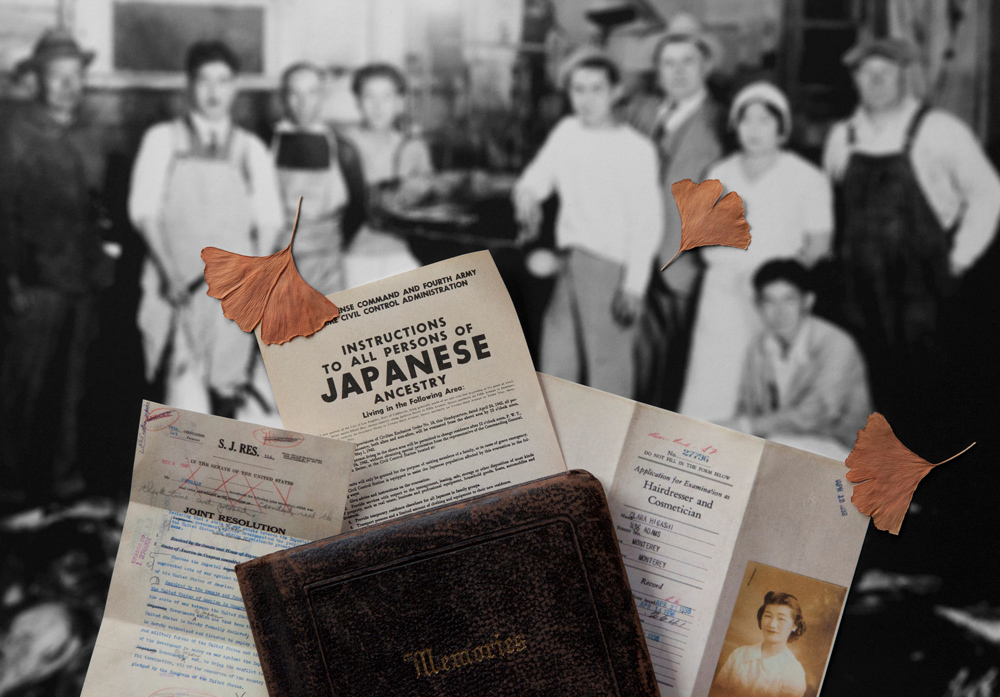
Memories
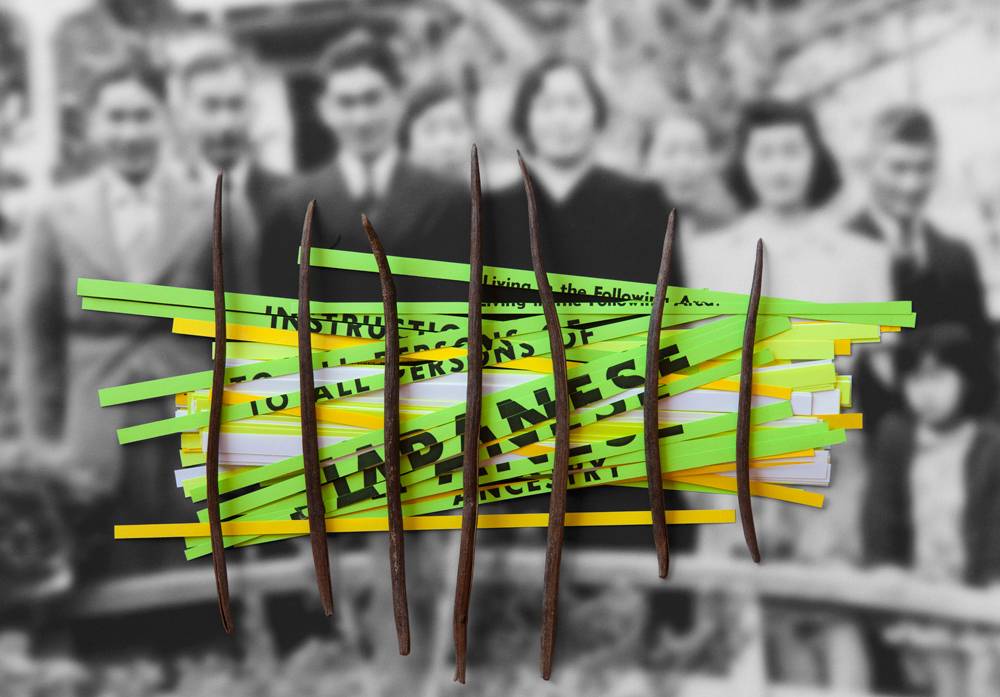
EO 9066
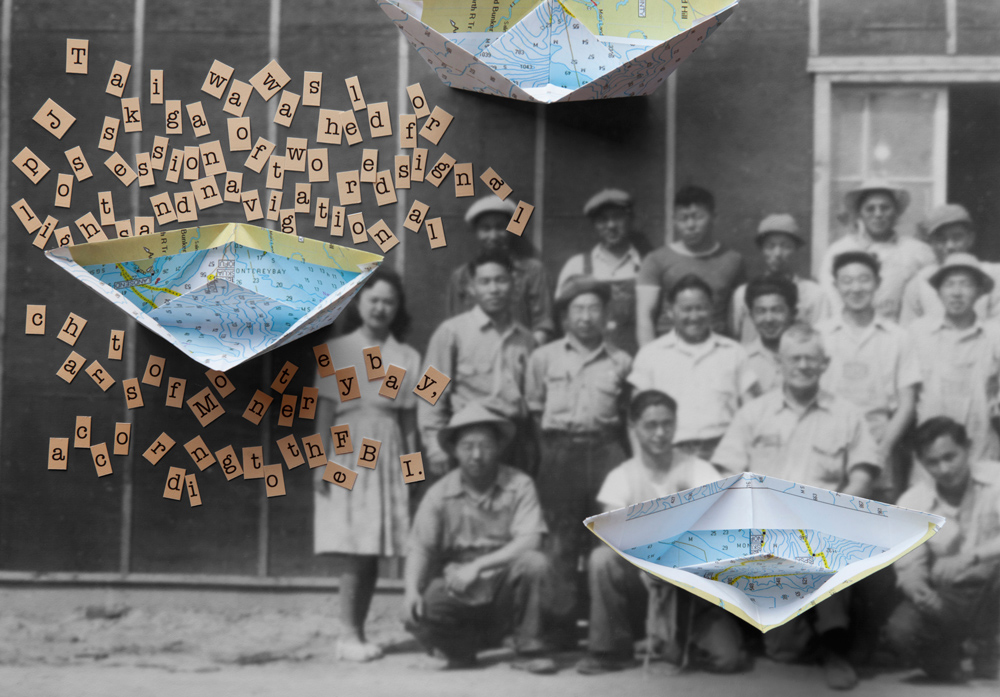
Possession of Navigational Charts of Monterey Bay

Looking Like the Enemy
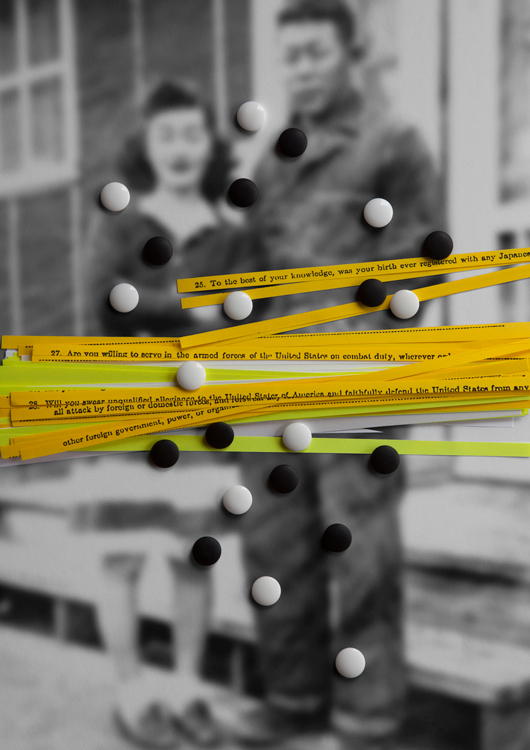
Yes. Yes.
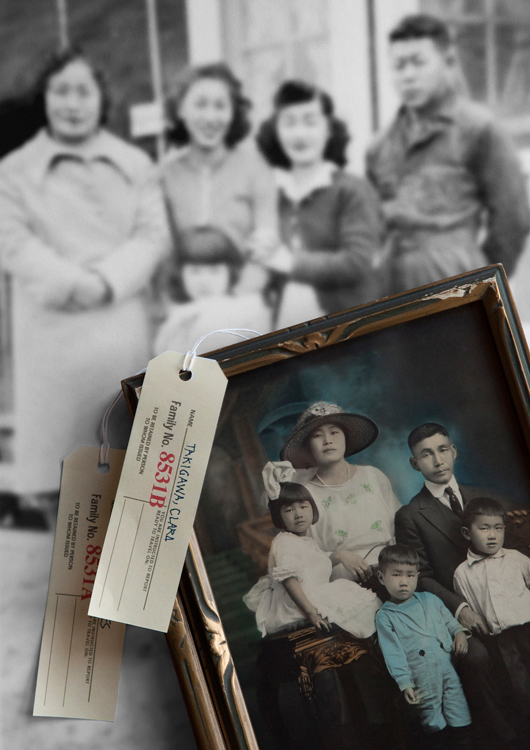
Family ID Tags
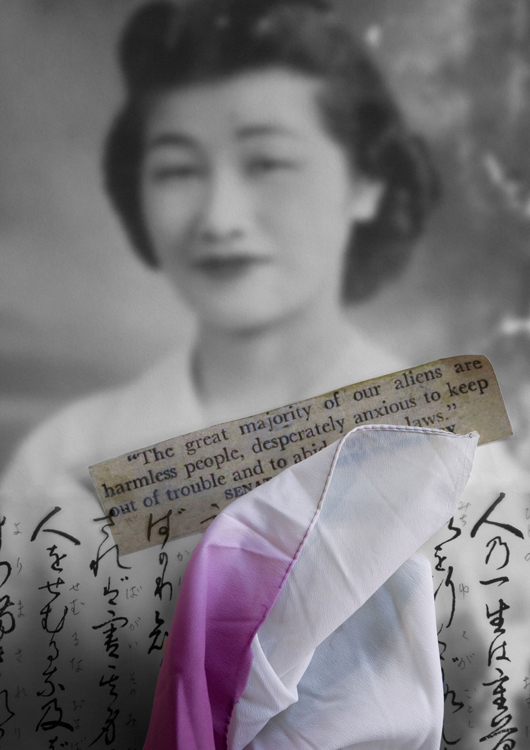
“This World,” February 8, 1942
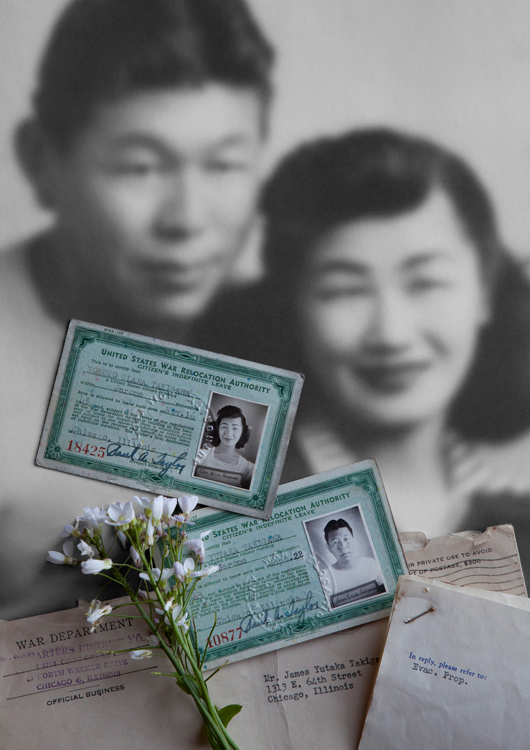
Citizen’s Indefinite Leave
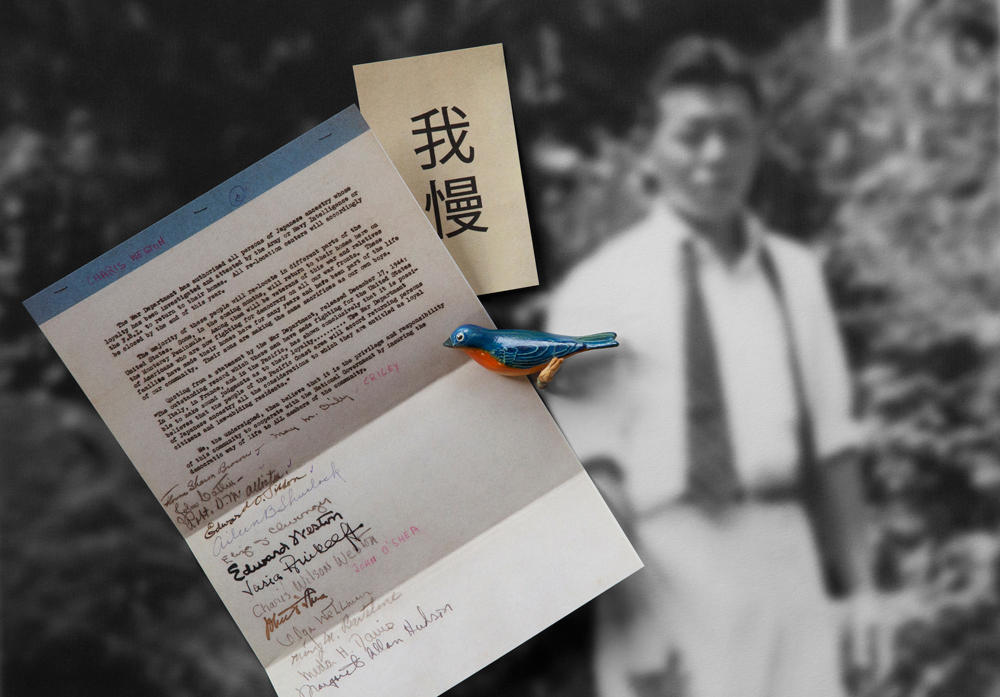
Insuring the Democratic Way of Life
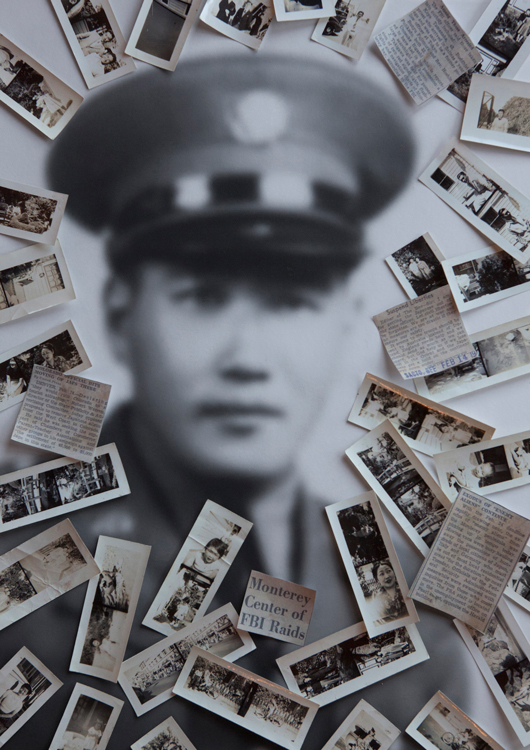
Reasons to Serve



